Home>Gardening & Outdoor>Landscaping Ideas>How Deep Should My Garden Bed Be
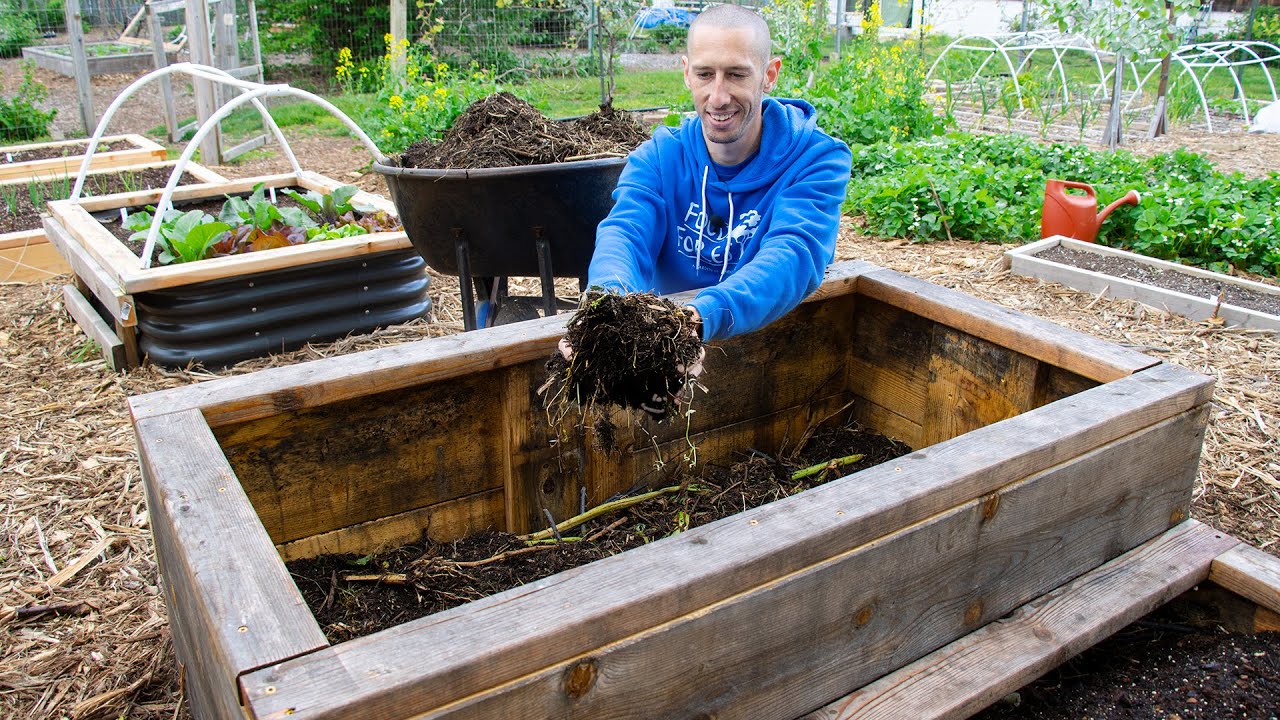

Landscaping Ideas
How Deep Should My Garden Bed Be
Modified: March 19, 2024
Discover the ideal depth for your garden bed with our expert landscaping ideas. Learn how to create the perfect garden bed for your plants and flowers.
(Many of the links in this article redirect to a specific reviewed product. Your purchase of these products through affiliate links helps to generate commission for Storables.com, at no extra cost. Learn more)
Introduction
When it comes to creating a thriving garden, one of the fundamental considerations is the depth of the garden bed. The depth of your garden bed plays a crucial role in determining the success of your plants, as it directly impacts root development, water retention, and overall plant health. Whether you are a seasoned gardener or just starting out, understanding the significance of garden bed depth is essential for cultivating a flourishing garden oasis.
The depth of your garden bed is not a one-size-fits-all concept. It varies depending on several factors, including the types of plants you intend to grow, the soil composition, and the local climate. By delving into the nuances of garden bed depth, you can tailor your gardening approach to meet the specific needs of your plants and optimize their growth potential.
In this comprehensive guide, we will explore the various factors that influence garden bed depth, ranging from shallow beds suitable for certain plant varieties to deeper beds ideal for robust root systems. By the end of this journey, you will have a deeper understanding of how to determine the optimal garden bed depth for your unique gardening endeavors. So, let's embark on this horticultural exploration and unearth the secrets to creating the perfect garden bed depth for your green sanctuary.
Key Takeaways:
- The depth of your garden bed impacts plant health. Shallow beds suit lettuce and herbs, while deeper beds are for tomatoes and carrots. Consider soil, water retention, and climate for optimal growth.
- Shallow garden beds are great for shallow-rooted plants and efficient space use. Standard depth suits a wide range of plants and offers good water retention. Deep beds cater to deep-rooted veggies and provide enhanced water retention and soil quality.
Read more: How Deep To Dig For A Garden Bed
Factors to Consider
When determining the ideal depth for your garden bed, several crucial factors come into play. Understanding and considering these elements will empower you to make informed decisions that align with the specific needs of your plants and the environmental conditions of your garden. Let's delve into the key factors that should guide your decision-making process:
-
Plant Varieties: Different plant species have varying root structures and growth requirements. For instance, shallow-rooted plants such as lettuce, herbs, and annual flowers thrive in shallower garden beds, typically ranging from 6 to 8 inches in depth. On the other hand, deep-rooted vegetables like tomatoes, carrots, and peppers necessitate deeper beds, usually around 12 to 18 inches, to accommodate their extensive root systems.
-
Soil Composition: The composition of your soil profoundly influences the necessary depth of your garden bed. If your soil is compacted or predominantly clay-based, deeper beds are advantageous as they provide ample space for root penetration and prevent waterlogging. Conversely, loamy or sandy soils may require shallower beds to ensure proper drainage and prevent excessive drying out of the soil.
-
Water Retention: The depth of your garden bed directly impacts water retention. Deeper beds have a higher capacity for retaining moisture, which can be beneficial in arid climates or for plants with high water requirements. Conversely, shallow beds may dry out more quickly and necessitate more frequent watering, making them better suited for drought-tolerant plants or regions with ample rainfall.
-
Climate and Temperature: Consider the local climate and temperature fluctuations when determining garden bed depth. In colder regions, deeper beds can provide insulation and protect plant roots from frost, while in warmer climates, they can offer a cooler environment for root systems. Understanding the specific needs of your plants in relation to the local climate is essential for establishing an optimal garden bed depth.
-
Gardener's Accessibility: Another factor to consider is the accessibility of the garden bed for maintenance and harvesting. Deeper beds may require more effort for planting, weeding, and harvesting, while shallower beds can offer easier access and maintenance, making them suitable for gardeners with physical limitations or those seeking greater convenience.
By carefully considering these factors, you can tailor the depth of your garden bed to create an environment that fosters healthy plant growth and maximizes the potential of your garden. Understanding the unique interplay of these elements will empower you to make informed decisions that cater to the specific needs of your plants and the conditions of your garden.
Shallow Garden Beds
Shallow garden beds, typically ranging from 6 to 8 inches in depth, are well-suited for cultivating certain plant varieties with shallow root systems. These beds offer a host of benefits, particularly for gardeners looking to grow specific types of plants and optimize their gardening space.
One of the primary advantages of shallow garden beds is their suitability for shallow-rooted plants such as lettuce, herbs, and annual flowers. These plants thrive in the relatively limited depth provided by shallow beds, making them an ideal choice for gardeners interested in cultivating a variety of culinary herbs or vibrant floral displays. Additionally, shallow beds can be particularly advantageous for gardeners with limited space, as they allow for efficient use of available area while still supporting the growth of a diverse range of plants.
Another key benefit of shallow garden beds is their ability to warm up more quickly in the spring, facilitating earlier planting and extending the growing season. The enhanced warmth in shallow beds can be advantageous for heat-loving plants and can contribute to accelerated germination and growth, providing gardeners with a head start on their seasonal cultivation.
Furthermore, shallow garden beds are often easier to prepare and maintain, requiring less soil and compost to fill them. This can be a cost-effective and labor-saving advantage, especially for novice gardeners or those working with limited resources. The reduced soil volume in shallow beds also translates to improved drainage and aeration, which can be beneficial for plants that are susceptible to root rot or require well-drained growing conditions.
It is important to note that while shallow garden beds offer numerous benefits, they may require more frequent watering, especially during hot and dry periods, due to their limited water retention capacity. Additionally, certain deep-rooted vegetables and plants with specific soil depth requirements may not thrive in shallow beds, necessitating careful consideration of the types of plants you intend to grow.
In essence, shallow garden beds are a valuable option for gardeners seeking to cultivate shallow-rooted plants, maximize space efficiency, and capitalize on the benefits of early warming in the growing season. By understanding the advantages and considerations associated with shallow beds, gardeners can make informed decisions that align with their gardening goals and the specific needs of their chosen plant varieties.
A garden bed should be at least 6-12 inches deep for most plants, but deeper for root vegetables like carrots or potatoes. Ensure good drainage and loosen the soil for healthy plant growth.
Standard Garden Bed Depth
Standard garden bed depth typically falls within the range of 8 to 12 inches, offering a versatile and balanced option for a wide array of plant varieties. This moderate depth strikes a harmonious equilibrium, accommodating the needs of both shallow-rooted and moderately deep-rooted plants while providing several practical advantages for gardeners.
One of the primary benefits of standard garden bed depth is its compatibility with a diverse range of plant species. This depth range caters to an extensive selection of vegetables, flowers, and herbs, making it an ideal choice for gardeners seeking flexibility and the ability to cultivate various types of plants within a single garden space. From leafy greens and culinary herbs to flowering perennials and compact root vegetables, the standard garden bed depth offers ample room for root development and plant growth, providing a versatile canvas for creative gardening endeavors.
Moreover, the moderate depth of standard garden beds facilitates adequate water retention while promoting effective drainage. This balance is particularly advantageous in regions with fluctuating moisture levels, as it helps prevent waterlogging during periods of heavy rainfall while ensuring sufficient moisture for plant growth during drier spells. The enhanced water retention capacity of standard garden beds can contribute to more stable growing conditions, reducing the frequency of watering and offering a buffer against extreme weather fluctuations.
In addition to its horticultural benefits, the standard garden bed depth also presents practical advantages for gardeners in terms of accessibility and maintenance. The moderate depth strikes a favorable balance, providing sufficient soil volume for healthy root development while remaining manageable for planting, weeding, and harvesting. This accessibility is especially valuable for gardeners of varying physical abilities, as it allows for convenient maintenance and care without the challenges associated with deeper beds.
Furthermore, standard garden bed depth offers an optimal environment for soil structure and nutrient distribution. The moderate depth allows for the establishment of a well-structured soil profile, promoting healthy root penetration and facilitating the even distribution of essential nutrients throughout the root zone. This contributes to robust plant growth and overall garden vitality, making standard garden beds a reliable choice for fostering thriving and productive plant communities.
In essence, the standard garden bed depth serves as a versatile and practical option for gardeners seeking a balanced approach to plant cultivation. Its compatibility with a wide range of plant varieties, combined with its favorable water retention, accessibility, and soil structure benefits, makes it a valuable choice for creating flourishing garden spaces. By embracing the advantages of standard garden bed depth, gardeners can establish a resilient and bountiful garden environment that supports the growth and well-being of diverse plant species.
Deep Garden Beds
Deep garden beds, typically ranging from 12 to 18 inches or more in depth, offer an expansive realm of possibilities for gardeners seeking to cultivate a diverse array of plants with extensive root systems and unique growth requirements. These deeper beds provide an environment conducive to the flourishing of deep-rooted vegetables, perennial plants, and root crops, offering a host of benefits that cater to the specific needs of these plant varieties.
One of the primary advantages of deep garden beds is their capacity to accommodate the robust root systems of deep-rooted vegetables such as tomatoes, carrots, and peppers. These plants require ample space for root development to support their nutrient uptake and overall growth. The generous depth of deep garden beds provides the necessary room for these plants to establish strong and expansive root networks, contributing to their vigor and productivity. Additionally, deep beds are well-suited for perennial plants and shrubs, allowing for substantial root growth and long-term stability, which is essential for the sustained health and vitality of these enduring garden inhabitants.
Furthermore, the increased depth of these garden beds enhances their water retention capacity, making them particularly advantageous in regions with arid or variable climates. The ample soil volume in deep beds enables them to retain moisture more effectively, reducing the frequency of watering and providing a more stable and consistent water supply for plants with higher moisture requirements. This can be especially beneficial for gardeners seeking to cultivate water-intensive crops or for regions prone to drought conditions, where the enhanced water retention of deep beds can contribute to the resilience and health of the garden ecosystem.
In addition to their horticultural benefits, deep garden beds offer a practical advantage in terms of soil quality and structure. The increased depth allows for the establishment of a well-aerated and nutrient-rich soil profile, promoting optimal root penetration and nutrient uptake. This creates an environment conducive to robust plant growth and overall garden vitality, fostering a thriving ecosystem within the deeper layers of the garden beds.
Moreover, the depth of these beds provides insulation and protection for plant roots, particularly in regions with fluctuating temperatures or frost-prone climates. Deep garden beds can offer a more stable and moderated environment for root systems, shielding them from temperature extremes and providing a conducive habitat for healthy and resilient plant growth.
In essence, deep garden beds represent a valuable option for gardeners seeking to cultivate deep-rooted vegetables, perennial plants, and root crops, as well as for those looking to enhance water retention and soil quality in their garden environment. By embracing the advantages of deep garden beds, gardeners can create a nurturing and productive space that supports the flourishing of a diverse range of plant species with extensive root systems and unique growth requirements.
Read more: How Deep Should A Raised Garden Bed Be
Conclusion
In the intricate tapestry of gardening, the depth of your garden bed emerges as a pivotal factor that profoundly influences the growth, health, and resilience of your plants. As we conclude this exploration of garden bed depth, it becomes evident that there is no one-size-fits-all approach. Instead, the optimal depth for your garden bed is a harmonious interplay of various factors, including plant varieties, soil composition, water retention, climate, and the accessibility of the gardener.
Shallow garden beds, with their modest depth of 6 to 8 inches, offer an ideal habitat for shallow-rooted plants, efficient space utilization, and early warming benefits. They are a practical choice for gardeners seeking to cultivate specific plant varieties while maximizing their gardening space. On the other hand, standard garden bed depth, ranging from 8 to 12 inches, strikes a balance that accommodates a diverse range of plant species, offering favorable water retention, accessibility, and soil structure benefits. It serves as a versatile canvas for creative gardening endeavors and provides a reliable foundation for cultivating thriving plant communities.
Delving deeper, quite literally, into the realm of deep garden beds reveals an expansive realm of possibilities. With depths of 12 to 18 inches or more, these beds cater to the needs of deep-rooted vegetables, perennial plants, and root crops, offering enhanced water retention, soil quality, and insulation benefits. They provide a nurturing environment for the flourishing of plants with extensive root systems and unique growth requirements, contributing to the resilience and productivity of the garden ecosystem.
As you embark on your gardening journey, armed with a deeper understanding of garden bed depth, remember that the key to success lies in aligning the depth of your garden bed with the specific needs of your plants and the environmental conditions of your garden. By carefully considering the interplay of plant varieties, soil composition, water retention, climate, and accessibility, you can tailor the depth of your garden bed to create an environment that fosters healthy plant growth and maximizes the potential of your garden.
Ultimately, the depth of your garden bed is not merely a physical dimension; it is a dynamic and integral component of your gardening canvas, shaping the landscape of your green sanctuary and nurturing the flourishing life within. With this newfound insight, may your gardening endeavors be imbued with creativity, wisdom, and an abiding connection to the natural world, as you cultivate a garden bed depth that becomes the cornerstone of a thriving and bountiful garden oasis.
Frequently Asked Questions about How Deep Should My Garden Bed Be
Was this page helpful?
At Storables.com, we guarantee accurate and reliable information. Our content, validated by Expert Board Contributors, is crafted following stringent Editorial Policies. We're committed to providing you with well-researched, expert-backed insights for all your informational needs.
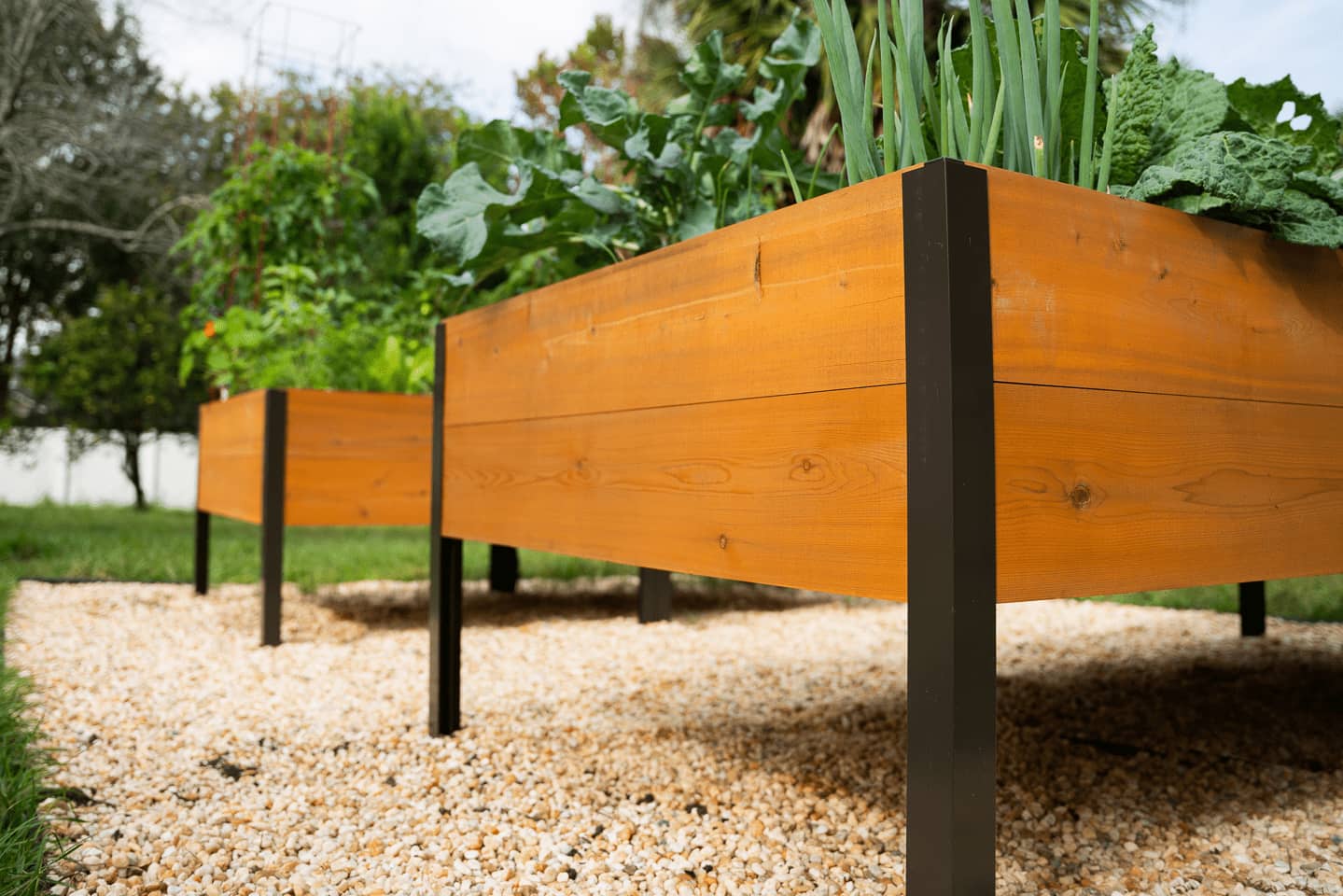
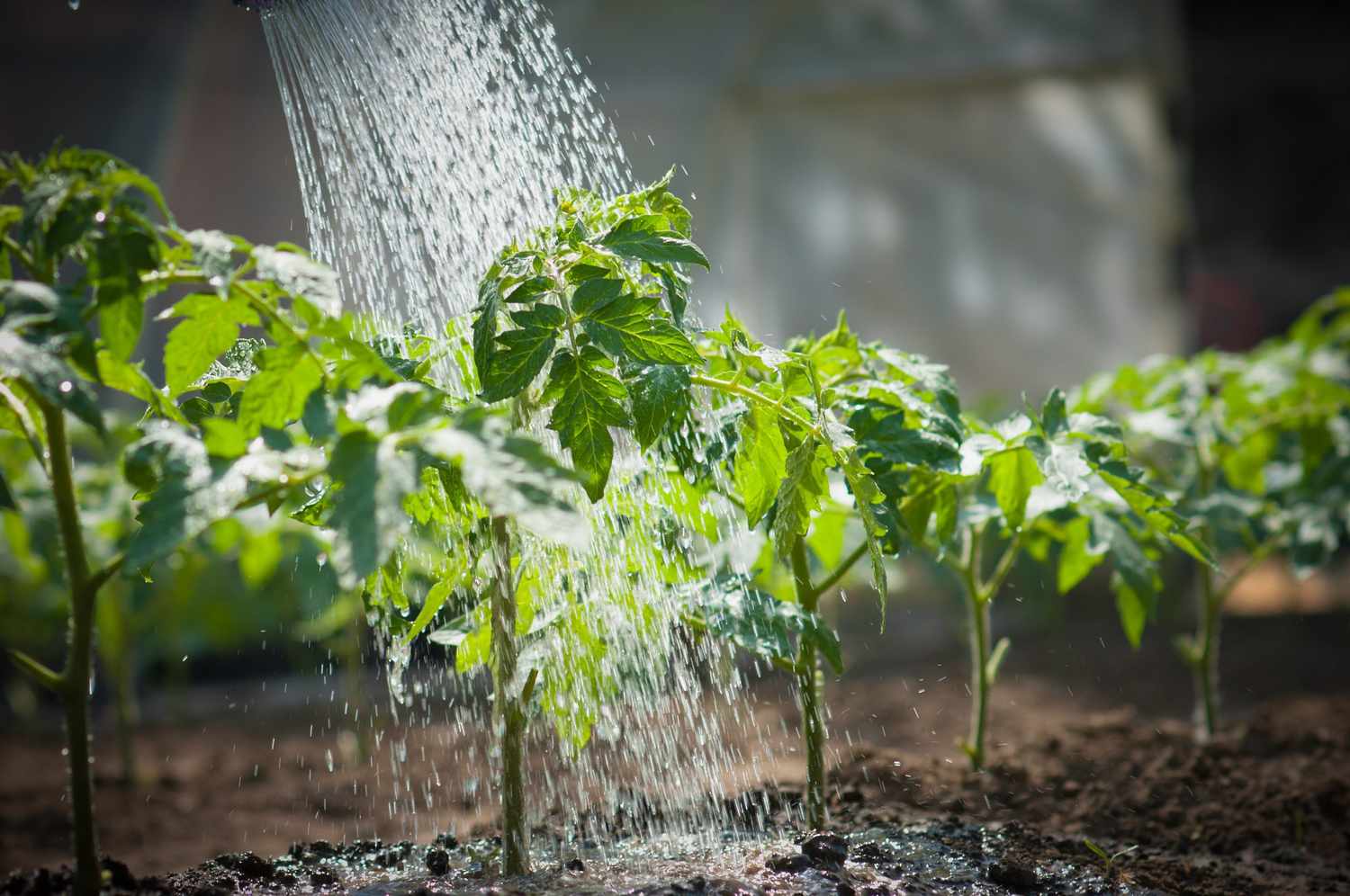


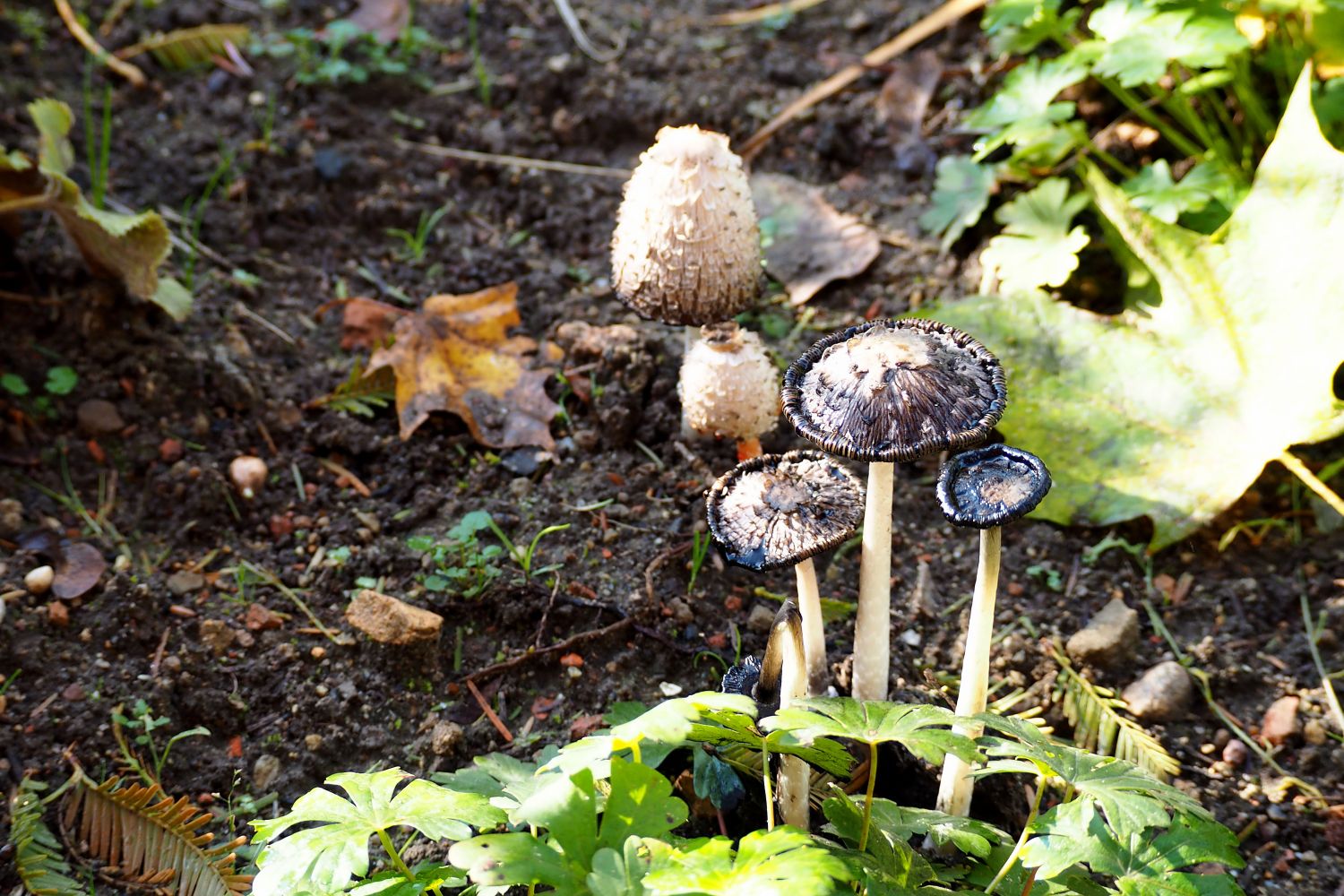
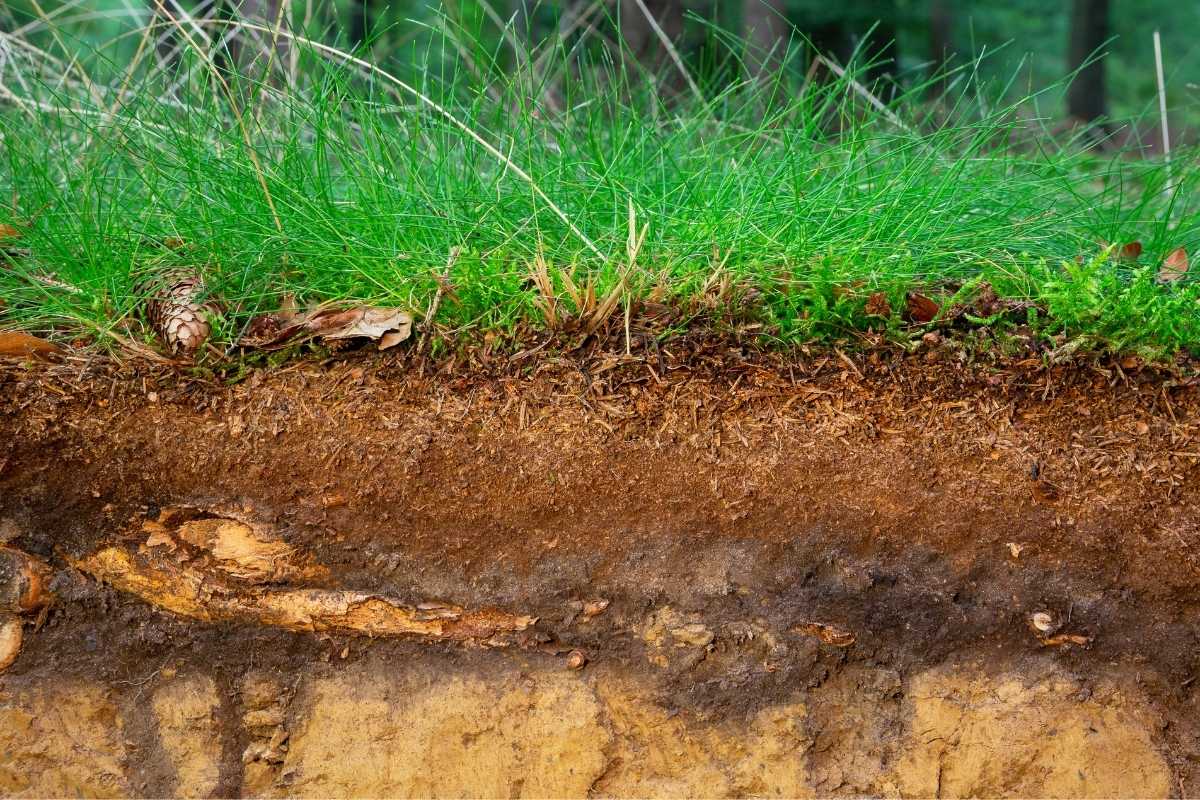
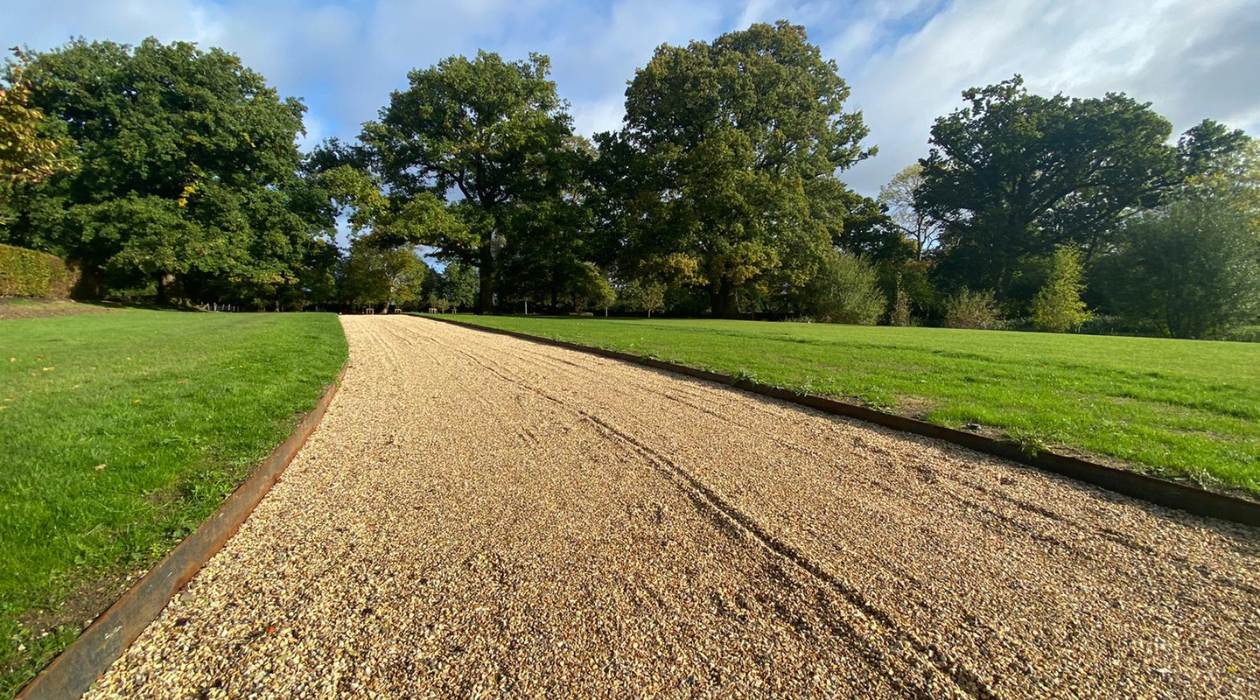

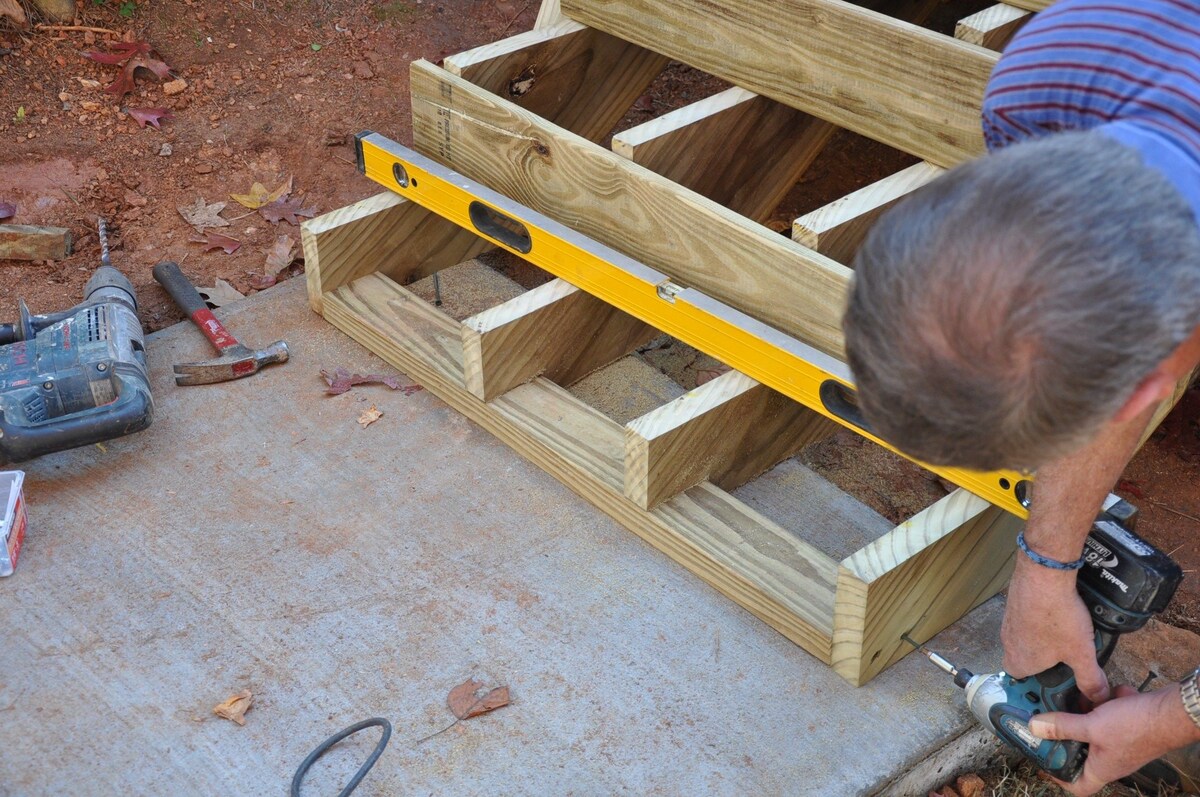
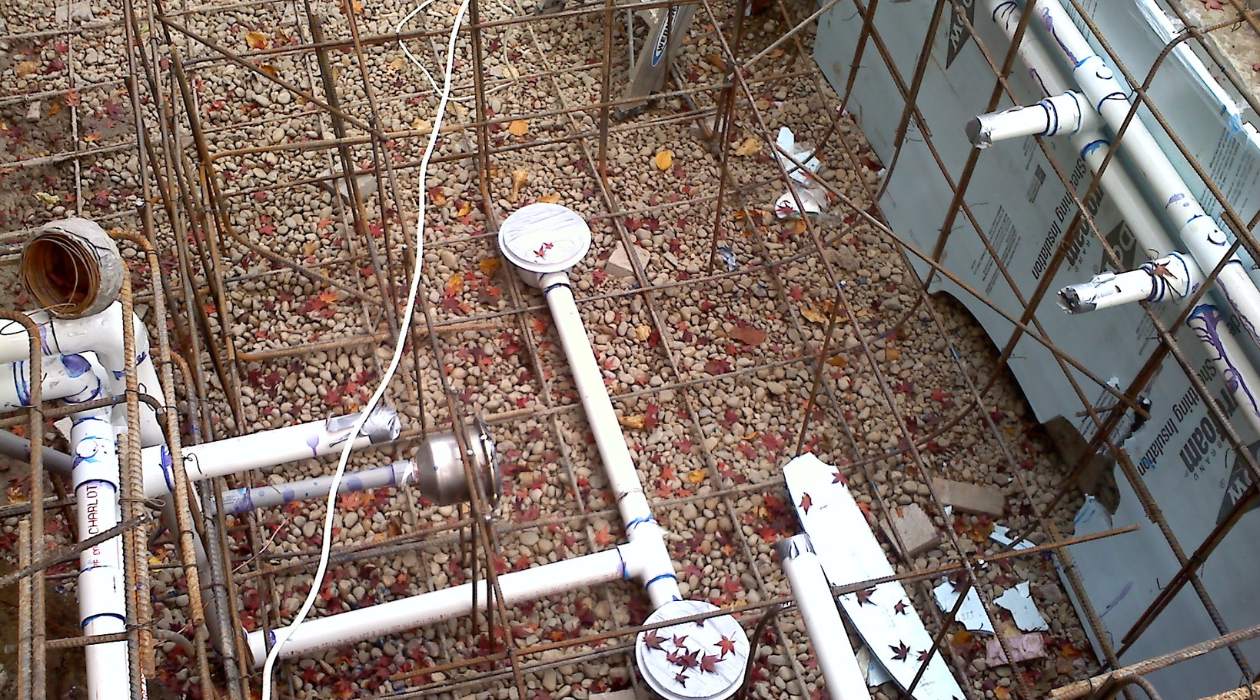
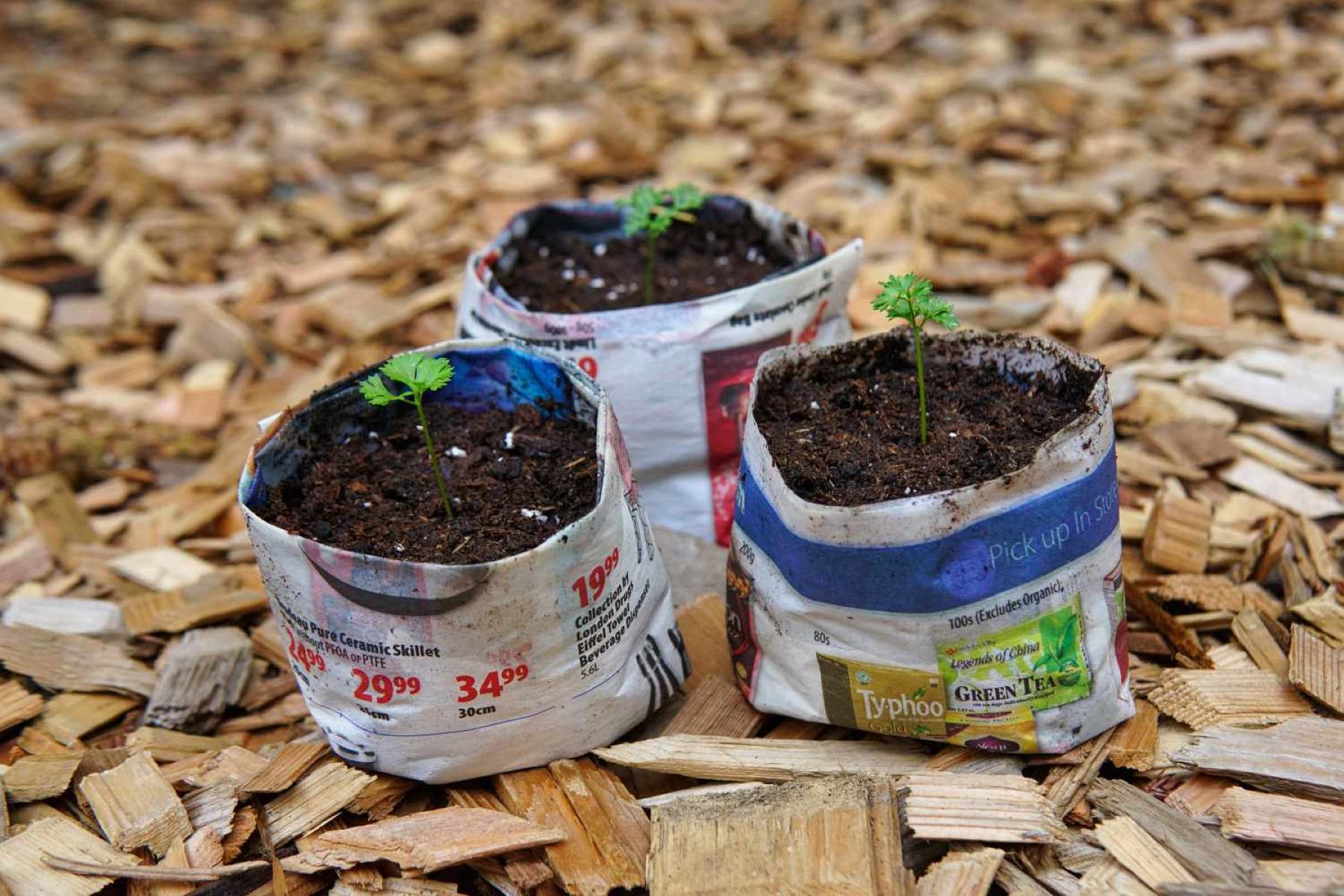
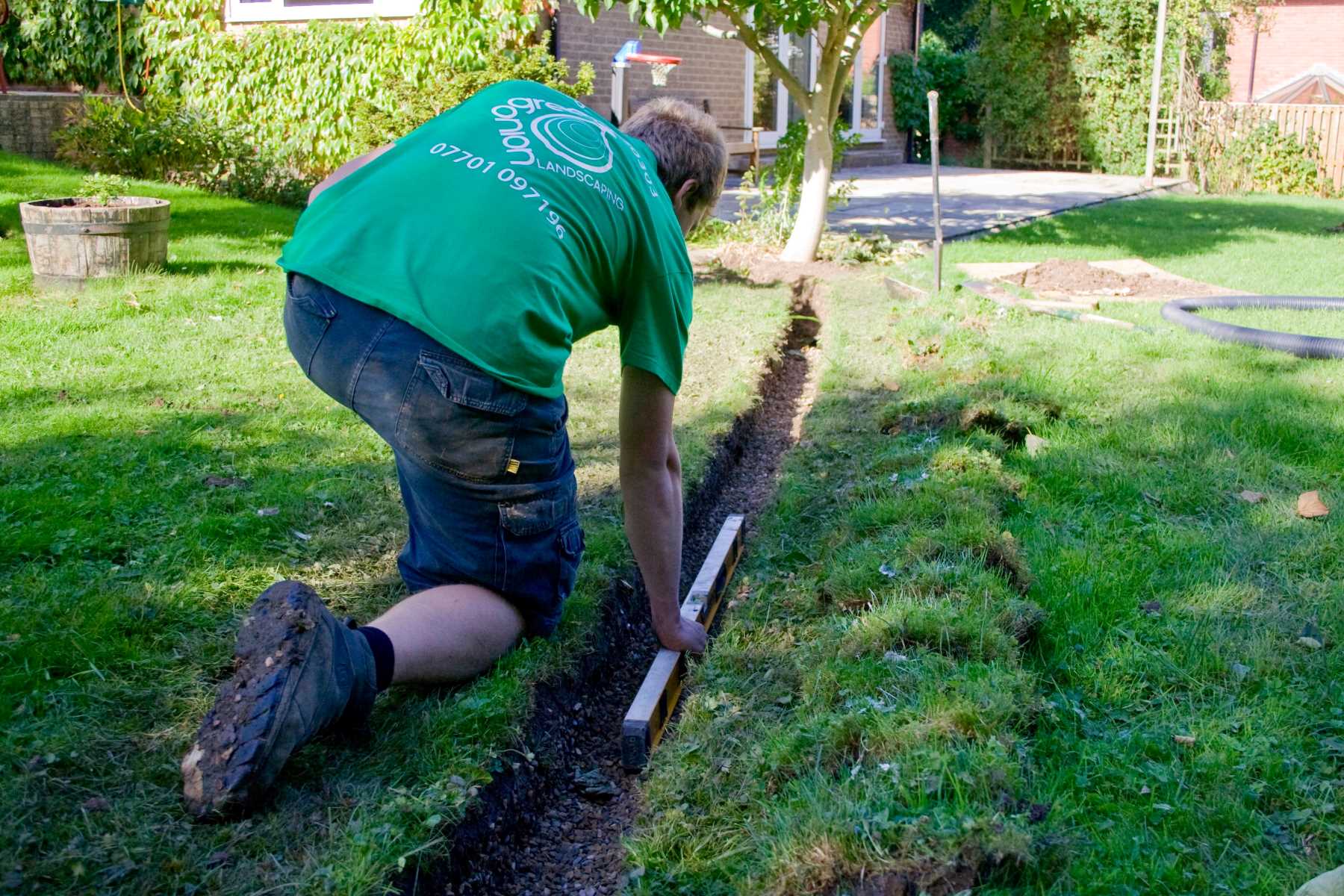
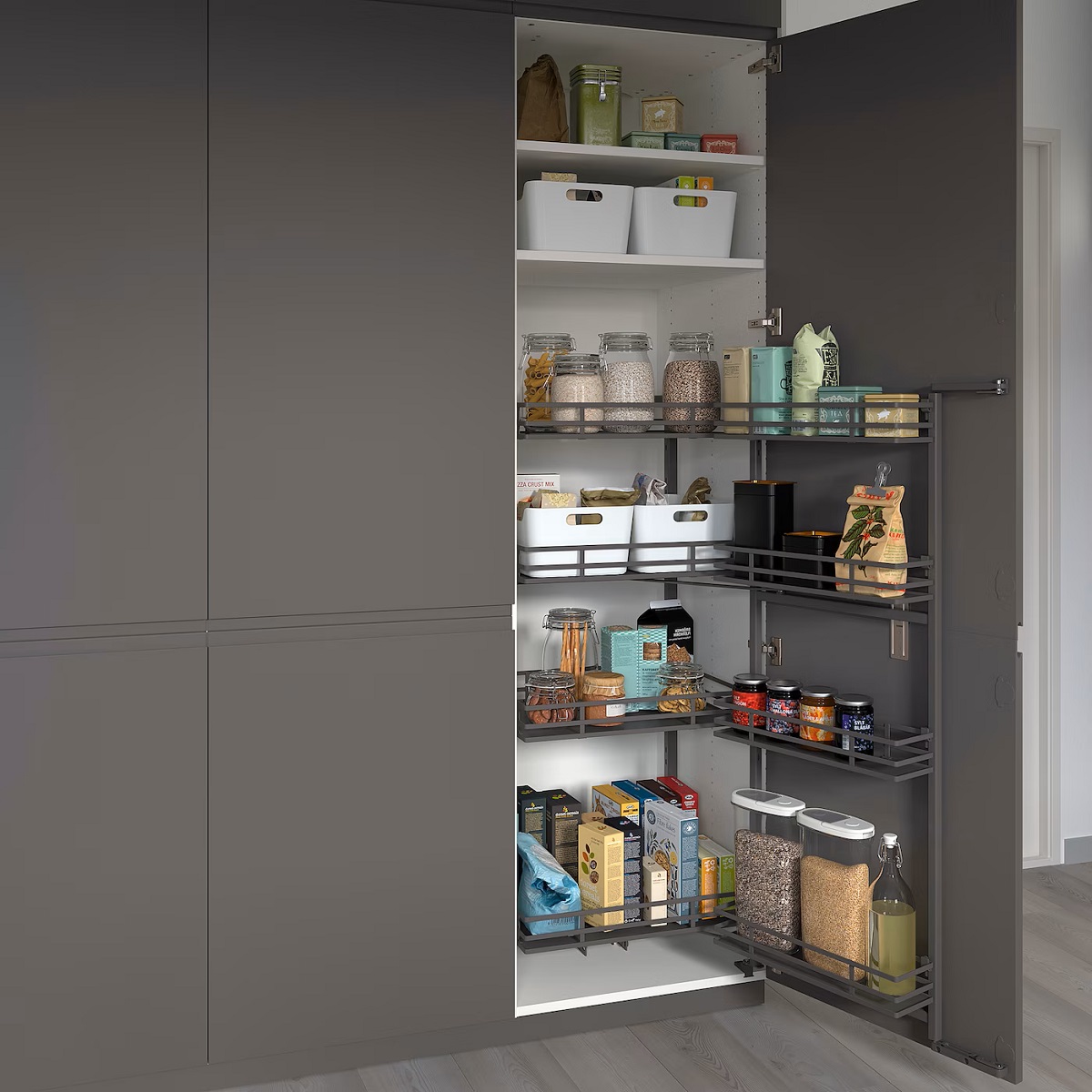


0 thoughts on “How Deep Should My Garden Bed Be”